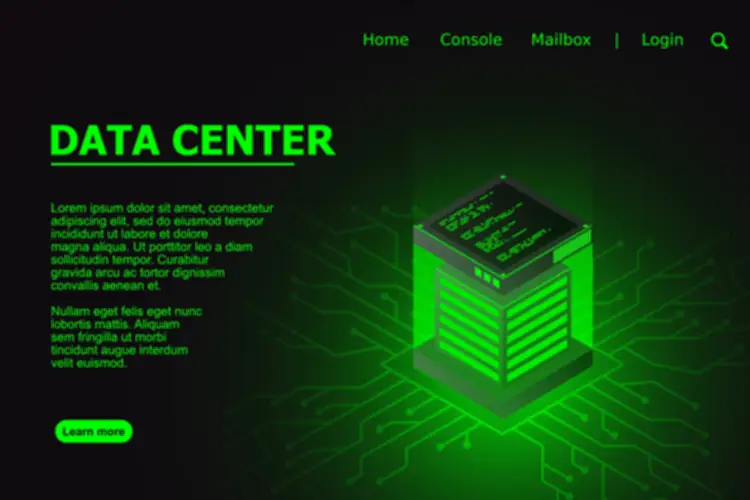Every microservice could be scaled independently primarily based on the demand for its specific performance. This means you could allocate extra sources to a specific microservice that’s experiencing excessive site visitors or load, with out affecting the scalability of different microservices. For instance, throughout a flash sale occasion, you’ll be able to scale up the microservice liable for order processing to handle the elevated variety of orders, whereas maintaining other microservices at their common scale. This approach enables organizations to realize larger agility, scalability, and resilience by breaking down monolithic applications into smaller, extra manageable components. Microservices have gained popularity amongst startups and small companies due to their ability to help fast innovation and continuous deployment.
Communication
The alternative between SOA and Microservices depends on various components, including the size and complexity of the appliance, the organization’s structure, and its goals for scalability and agility. SOA is usually the higher selection for giant enterprises with legacy techniques and complicated enterprise processes. In contrast, Microservices are good for organizations looking to build cloud-native purposes that require fast growth, impartial scalability, and steady delivery. SOA is an architectural pattern that enables the creation of software functions utilizing loosely connected, reusable companies that communicate over standardized protocols like SOAP or REST.
Deployment
Its primary aim is to combine numerous methods and ensure interoperability by way of a centralized governance model that manages service interactions and adherence to enterprise standards. In contrast, microservices structure divides purposes into smaller, unbiased providers targeted on particular functionalities. This promotes agility and permits teams to develop, deploy, and scale services Web application independently utilizing light-weight communication protocols.

My ardour for artificial intelligence and huge language fashions (LLMs) drives our give consideration to automation, considerably boosting effectivity and remodeling business processes. In SOA, providers are deployed together, making it troublesome to replace one service without impacting others. Microservices could be deployed individually, as this allows extra flexibility in updates, supporting a lighter and quicker deployment technique. As SOA relies on multiple companies to fulfill a business request, systems constructed on SOA are likely to be slower than MSA. Services in SOA often embrace far more business functionality and are often implemented as full subsystems. One elementary use case of an SOA is to let you construct an software by utilizing multiple distinct companies collectively, the place every service consists of a unique enterprise or utility logic.
Deciding which option is better for you’ll depend on a number of components, corresponding to particular use instances, the current stage of IT infrastructure, resources, and short and long-term enterprise needs. What meaning, in reality, is that there isn’t any definitive answer as to which of the two is best. Another financial institution—but focusing primarily on credit score cards—Isracard confronted the problem of integrating a new IVR (Interactive Voice Response) system with its legacy mainframe containing customer data.
Amongst these two architectural kinds that have flooded into the panorama are Service-Oriented Architecture (SOA) and Microservices, which give their schemes to evolve with the business’s needs and stay ever-changing. Although they share certain conceptual similarities, they also are usually fairly differentiated to cater to different operational situations. If you’re leaning in course of microservices, the Microservices.io website is a superb useful resource, providing patterns, guides, and best practices for implementing microservices structure. SOA promotes the propagation of multiple heterogeneous protocols via https://www.globalcloudteam.com/ its messaging middleware element.
Predicted Developments In Software Program Structure
It could be challenging to deploy SOA providers because they’re coupled to a sure diploma. For example, builders should rebuild the whole utility in the event that they modify or add a new service. In Addition To, SOA functions can not take full benefit of containerization, which abstracts the applying from operating techniques and hardware.

DevOps emphasizes collaboration and automation between improvement and operations teams to address these challenges. By automating testing, configuration management, and infrastructure provisioning, DevOps might help streamline SOA deployments and minimize errors. The choice between SOA vs microservices considerably impacts a team’s capability to build and modify software shortly and flexibly. Microservices work higher for businesses prioritizing innovation speed, agility, flexibility, and fault isolation and companies with a DevOps tradition focusing on continuous supply. SOA revolutionized software program design by advocating for loosely coupled, unbiased providers. This means that companies have minimal dependencies on each other, making them simpler to develop, deploy, and maintain.
- For example, developers must rebuild the entire application if they modify or add a new service.
- Nevertheless, this introduces challenges in maintaining data consistency and managing service transactions.
- They require more standardized growth strategies so the unbiased providers work collectively smoothly.
- And, in fact, today’s builders can look again and study from errors made by those who came earlier than them.
- In this submit we explore both SOA and microservices, their major differences and a few high-level use circumstances of each.
As A Outcome Of microservices structure presents in depth modularity, your DevOps or IT groups can deploy new and independent apps with out affecting some other space of your architecture. If you select microservices to modernize your legacy methods, then it’s simpler to adopt new tech and processes when updating your tech stack. You may even discover that with microservices, fault tolerance and cargo balancing levels are high as a end result of every element manages itself independently. If you’re utilizing microservices, the structure dictates that every of these features has its own unbiased components.

Every service, corresponding to user authentication, post administration, and notification system, needs to speak with each other to provide a seamless person experience. This inter-service communication can introduce complexities, such as handling community latency, making certain information consistency, and managing service dependencies. To overcome these challenges, organizations adopting Microservices Structure must invest in sturdy infrastructure, automated monitoring tools, and well-defined communication protocols.
In Distinction To microservices, which can make the most of a lightweight messaging structure or event-driven protocols, SOA is often paired with an API layer facilitating connections between service customers and suppliers soa vs microservices. This allows cohesive and managed interactions when handling complex business processes. These providers type the spine of complex purposes, which frequently require a compositional method to business functionality. This emphasis on reusability allows SOA to allow developers to include and leverage parts from quite so much of applications throughout an enterprise.
Organizations adopting SOA need to invest in comprehensive testing frameworks, model management mechanisms, and well-defined service contracts to mitigate these complexities. Bear In Mind, the proper selection is determined by your business wants and what challenges you face. Consider your goals, group construction, and your current techniques to determine which structure will finest support your long-term success. As know-how continues to evolve, staying informed about architectural developments and greatest practices will present you with the chance to adapt and thrive in a aggressive digital panorama. Every microservice on this architecture is autonomous in nature, which permits for continuous deployment and integration. Since each team can innovate and iterate on providers without the constraints of a broader application, this fosters a means more dynamic growth surroundings.

